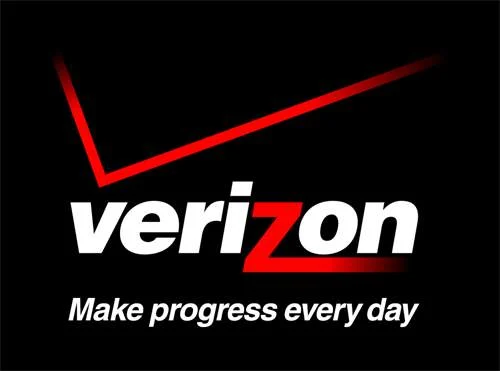When it comes to the next step in mobile data networks, Sprint is at the top of the game having already deployed a next-gen network in select cities around the country. Verizon will be one of the last. Hear what it has to say about that.
Even though Sprint and Verizon both run on the same kind of mobile communication network infrastructure, they are taking different approaches to the move to 4G. 4G is commonly used as the catch-all phrase to describe a high-speed mobile network that allows users to browse the Web on their phones just like they were connected into a broadband connection somewhere.

Within the 4G industry, there are a handful of different technologies providing the solutions for mobile carriers. Sprint is going with a standard called WiMax. Verizon is taking “LTE,” which stands for Long Term Evolution.
Eweek reports that Verizon President Lowell McAdam upped the number of cities that would get Verizon’s LTE network when it goes live, from 30 to 38, including pretty much all of the big cities. Sprint’s 4G network is notably absent in the northeast, including a hole in New York City.
McAdam also said the network would be deployed later this year, but there are no phones set up to take advantage of it yet. Sprint did the same thing, allowing users to connect their laptops and PDAs to the network months before it finally got a 4G phone to the market.
Verizon will likewise offer “USB Aircards,” which act as portable Wi-Fi connections for any Internet-connected device with a USB port (sorry, iPad owners).
So Verizon is actually going beyond its own initial promises and looks to be moving steadily ahead in the market. AT&T and T-Mobile, which use a different technology than the kind of network Sprint and Verizon both use, will take a bit longer to get their new networks set up.






